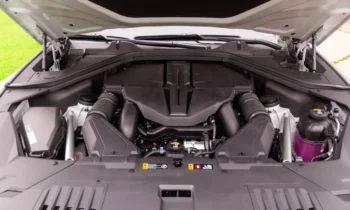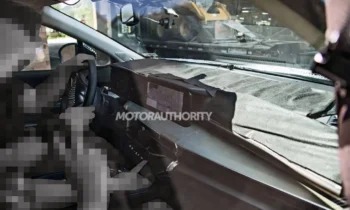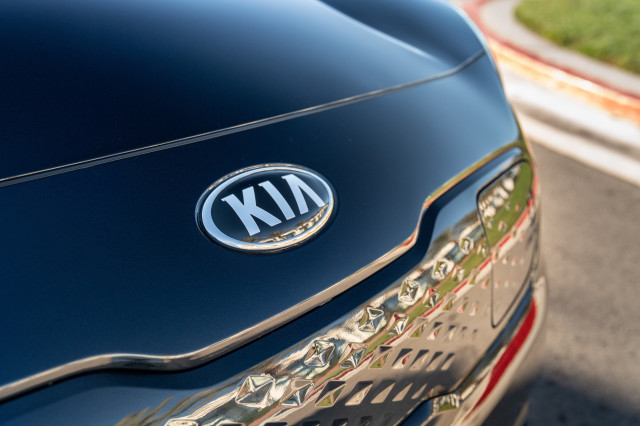
2019 Kia Niro EV
The Kia Niro EV that we drove earlier this week is one of the year’s best new green vehicles, and a great long-range electric car. However, unless you happen to live in one of several specific states and regions, the chances that you’ll see one are quite low.
Based on conversations with officials at both Hyundai Motor America and Kia Motors America over the past several months, we project that U.S. sales for all four of these brand’s fully electric small-car models combined—the Hyundai Kona Electric, Hyundai Ioniq Electric, Kia Niro EV, and Kia Soul EV—will total less than 20,000 units annually, both this year and next year.
Yes, that’s for all four models. Hold that up against Tesla’s approximately 140,000 U.S. sales of a single model, the Model 3, in 2018, or nearly 17,000 for just the Chevrolet Bolt EV.
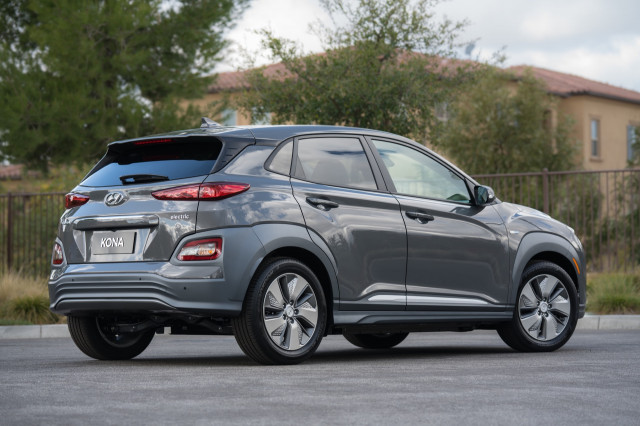
2019 Hyundai Kona Electric
Like its corporate cousin Hyundai, which has the same Hyundai Corporation parent company, Kia opts to sell its electric (and plug-in hybrid) vehicles only in a select group of states. Neither require their dealerships to stock EVs, and both brands face a steep argument to be able to claim they sell as many as they potentially could.
DON’T MISS: Which states follow California’s emission and zero-emission vehicle rules?
Both automakers resist calling their electric vehicles compliance cars. Hyundai sells its electric vehicles in the states adhering to California’s ZEV mandate—California, Connecticut, Maine, Maryland, Massachusetts, New Jersey, New York, Oregon, Rhode Island, and Vermont—although it says that it will ship it to other places on a case-by-case basis where there’s an actual order, and that it plans to deliver several times more vehicles than required by California’s mandate. Kia opts to sell its electric vehicles in California, Connecticut, Maryland, Massachusetts, New Jersey, New York, Oregon, and Rhode Island, but instead of the northern Northeast states adds Hawaii, Texas, and Washington—three states in which sales earn them no credits in the California system.
Under the current California ZEV program, automakers earn four credits for each EV they sell. Those ZEV credits can be banked indefinitely. As of the last comprehensive update from California (listing credit balances only through August 2017), Kia was sitting on a balance of about 6,835 ZEV credits—more than triple the number held by Hyundai.
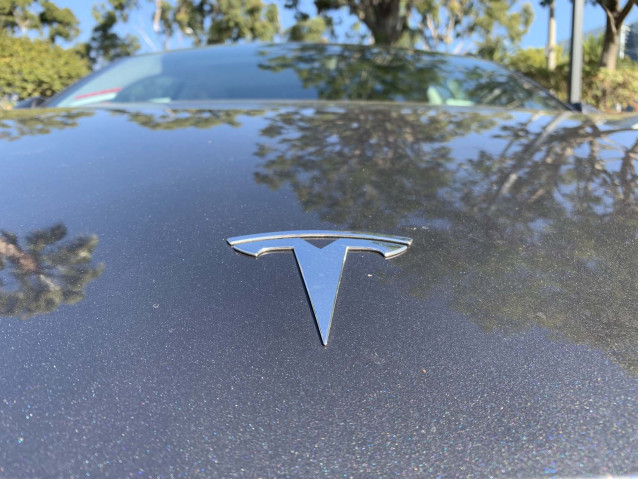
2018 Tesla Model 3
Automakers can sell their credits to other companies, but it’s in the interest of companies that do comply not to release too many at once and keep the price as inflated as possible. With Tesla unloading many of them, that street price has been less than $2,000 by some calculations, and is likely to drop more over time because of the Model 3’s success.
Policy vs pragmatism
There’s probably some takeaway hidden within the nuance. Kia officials declined to make any official comment regarding supply of the Niro EV, or the strategies at play, instead pointing out how they’re selling them beyond ZEV-compliance states. However, off the record we found little hesitation to admit that Kia could sell more in the U.S. than they were being shipped.
CHECK OUT: California may cap ZEV-credit sales; why it matters to Tesla, and for electric cars
Several months ago, Green Car Reports asked a high-ranking Hyundai official this: Is Hyundai at risk of having people walk into dealerships looking for an electric vehicle, and have them leave to buy a Tesla instead? He told us that while he’s not aware of any such trend or data, that may be all the ammo they need to get the parent company to raise the allotment.

